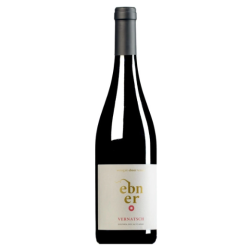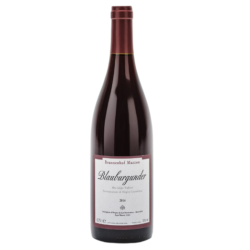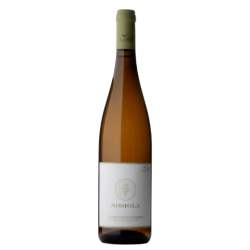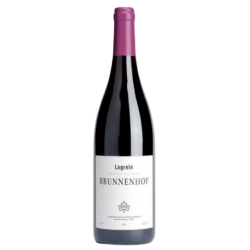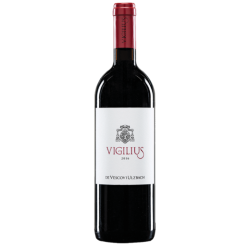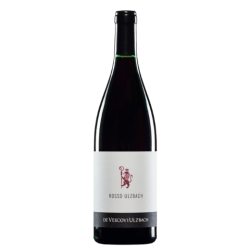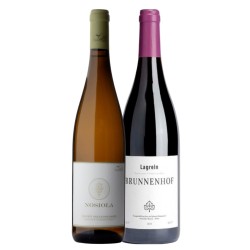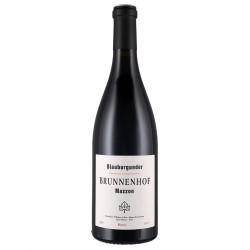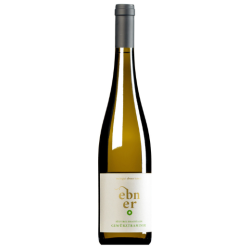Trentino - Alto Adige

The Trentino - South Tyrol region, located in Northern Italy, consists of two distinct provinces: Trentino, in the south, with Italian culture and traditions, and South Tyrol (or Alto Adige in Italian), in the north, heavily influenced by Germanic culture. This region was part of the Austro-Hungarian Empire until World War I.
South Tyrol (Alto Adige)
South Tyrol boasts one of the oldest wine histories in Italy, dating back to around 700 BC, likely introduced by the Etruscans. The Romans, who traditionally stored wine in clay amphorae and animal skins, discovered the wooden barrel system in this region, a practice inherited from the Rhaetian people of the central Alps. The vines were supported by wooden structures, an early form of the modern pergola. The wines from South Tyrol were already highly regarded, capable of competing with the famous Falerno wine from Campania.
The Romans expanded viticulture in this northern Italian region, particularly through the construction of the Via Claudia Augusta, which facilitated technological exchanges and the introduction of new vine varieties. During Charlemagne's reign, southern German bishoprics and abbeys sourced their wines from the region, further developing viticulture until the barbarian invasions halted progress.
Viticulture revived under Habsburg rule, although in the meantime, Frankish and Bavarian monasteries began producing their own wine for liturgical purposes. Benedictine monks in South Tyrol played a significant role in preserving local viticultural heritage by maintaining the production of indigenous varieties. The wines gained wider recognition during the Council of Trent (mid-16th century), contributing to their renown. In the 19th century, and later through 20th-century cooperatives, local wine production and sales expanded. Today, cooperatives still dominate, accounting for 70% of the region's wine production.
South Tyrol’s viticultural territory is unique: a small planted area (less than 5,300 hectares, less than 1% of Italy’s wine production) divided into very small vineyards (averaging one hectare each) with diverse terroirs located between 200 and 1,000 meters altitude and varied climatic zones. However, these vineyards benefit from optimal sun exposure on the southern slopes of the Alps while being protected from colder northern winds. This favorable orientation differentiates their wine production from the harsher climate of Austrian Tyrol.
Only about twenty grape varieties are cultivated here, but this diversity in a small area contributes to the exceptional quality of South Tyrol wines.
Trentino
Viticulture in Trentino presents a dual reality, making it almost inappropriate to speak of Trentino wines as a homogeneous entity. Large traditional cooperatives, focusing mainly on international grape varieties (constituting 90% of the regional production and involving over 7,500 cooperative winegrowers), contrast with the work of small independent winemakers dedicated to indigenous varieties. However, Trentino's cooperative sector has significantly improved production quality in recent years, now matching that of South Tyrol’s cooperatives.
Trentino's mountainous landscapes stretch around the Adige River, from the gentle shores of Lake Garda to the steep slopes of the Dolomites towards Bolzano, sharing administrative reality with South Tyrol since their merger in 1946. Trentino acts as a bridge between the north and south, traversed since the barbarian invasions.
The Trentino vineyard, covering over 10,000 hectares, enjoys unique pedoclimatic conditions: highly varied soil composition, favorable rainfall, and excellent sunlight.
Populated by Illyrians from Greece via Liguria, Trentino has known vine cultivation for nearly 3,000 years, evidenced by numerous archaeological finds, including an Etruscan bronze wine container from the 4th century BC discovered in the Cembra Valley north of Trento. Letters engraved in the Rhaetian alphabet, from this northern Romanized people following the "Rhaetian War" (16-15 BC), further attest to this history.
A second major colonization wave occurred centuries later, driven by Bavarian and Swabian feudal systems along the Adige and Isarco rivers, stimulating vine cultivation due to increased wine demand exported beyond the Brenner Pass. Additionally, the average temperature rise after the year 1000 (known as the "Medieval Warm Period") contributed to viticulture expansion, especially northward.
The Habsburgs gave the greatest impetus to wine production in the 18th century, with Central Europe’s keen interest in Trentino wines, and again in the 19th century following the phylloxera crisis, which hit Austria-Hungary before Trentino. Trentino's viticultural reputation was cemented with the founding of the San Michele all'Adige Agricultural Institute in 1874, initiated by the Tyrolean Diet in Innsbruck to modernize the Empire’s agriculture.
World War I disrupted this prosperity. The devastation and labor shortages between 1915 and 1918 caused Trentino viticulture to collapse. After the war, the territory became Italian, and Trentino wines (like those of South Tyrol) lost their status as highly regarded southern Empire wines, becoming northern wines unfamiliar to Italians. These preferences persist, with Trentino – South Tyrol wines more commonly found on German tables than Italian ones.

